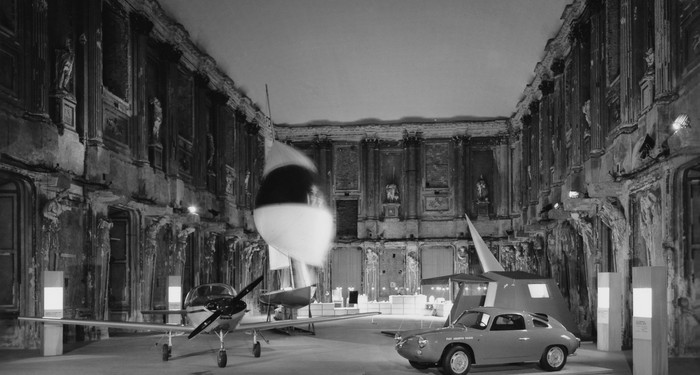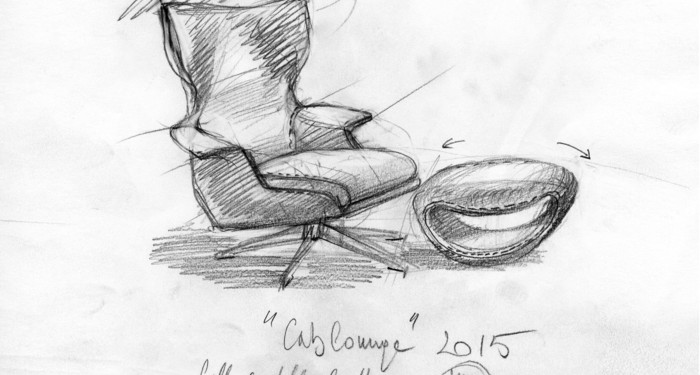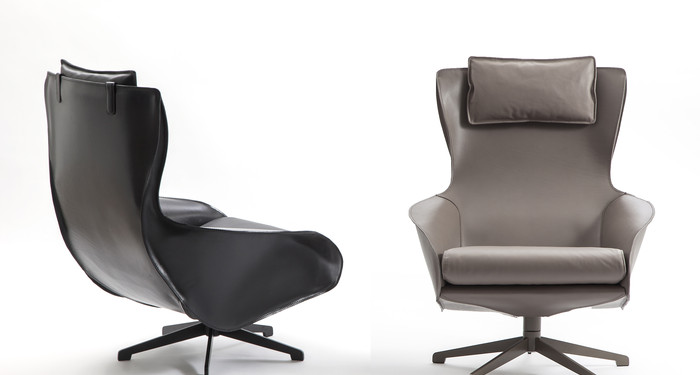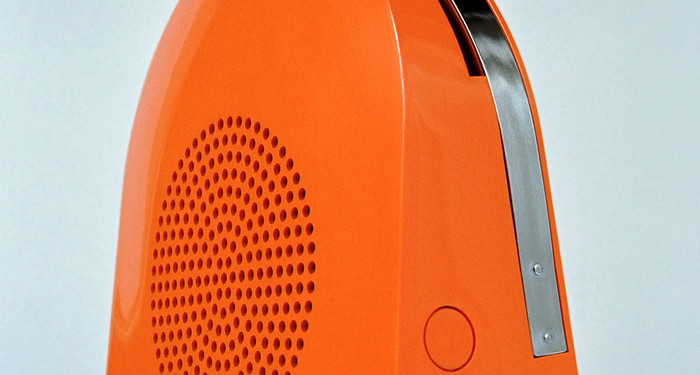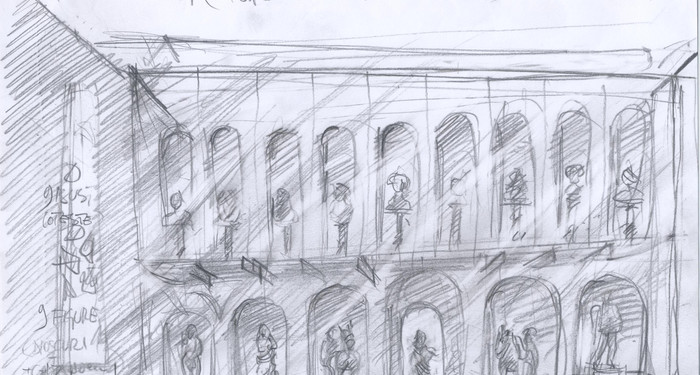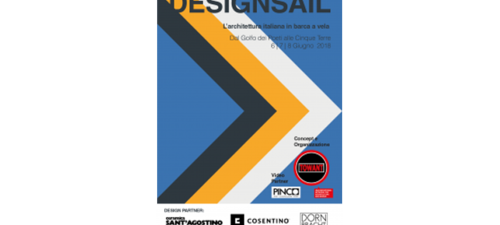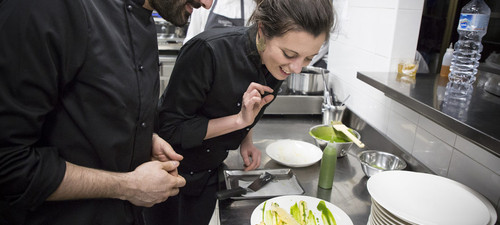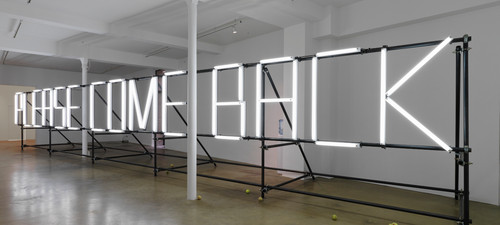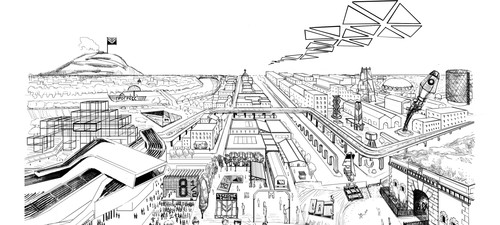Mario Bellini: Italian Beauty
'Mario Bellini: Italian Beauty' is the title of the exhibition that La Triennale di Milano is devoting to the entire works of the world-famous Milanese architect, from January the 19th to March the 19th, 2017. The sweeping overview spans almost 60 years of design, architecture, exhibition design and more besides.
This retrospective exhibition opens exactly thirty years since the show devoted to him by MoMA in New York. The MoMA exhibition in 1987 examined his activities as a designer, which even then were represented by 25 works in its permanent collection. 1987 proved to be a watershed year for Bellini, whom from that year on has devoted himself mainly to architecture on a large scale and to urban design.
This is therefore a tribute to the remarkable, many-sided work of an Italian designer who has achieved all manner of success on both the small scale (eight Compasso d'Oro awards, and objects and furnishings that have become icons in home and offices around the world, often anticipating or revolutionising tastes and styles), and on the large scale (conference centres, trade fair venues and museums from Japans to the USA, Germany and Australia and, in 2012, the Department of Islamic Art - a golden wave for the most prestigious museum in the world, the Louvre in Paris).
The exhibition is spread out over more than ten thousand square feet and is divided into a Portal, a Gallery, a Piazza and four Stanze, each with a guiding theme. Its aim is to focus attention on the need for, and on the subversive and redeeming role of, beauty. Hence the subtitle "Italian Beauty".
The curator of the exhibition is Deyan Sudjic, director of the Design Museum in London. With Ermanno Ranzani (architecture) and Marco Sammicheli (design). The video installations are by 3D Produzioni, directed by Giovanni Piscaglia. The installation design is by Mario Bellini himself, for ever since 1962 he has always been keen on staging exhibitions, mainly of art and architecture.
The exhibition starts with a Portal/Library and winds its way through a Gallery, a Piazza and four Stanze. Visitors are greeted by a large 20-foot-high 'Portal/Library' measuring over 80 feet in length which contains models of architectural constructions, illustrations, furnishings and objects. This is an authentic scenic machine that sums up and introduces the entire retrospective exhibition.
The many aspects of Bellini's work are illustrated in four large Stanze at the sides and in a central Piazza. These are connected by a magical hall of mirrors - a sort of kaleidoscopic horseshoe-shaped Gallery of visions and emotions that winds its way for over 325 feet. The architectural works are reproduced in the Stanze by means of films and immersive pictures from countries ranging from the United States to France, Australia and Germany. They are shown full-height on the walls/screens of the rooms, which measure over 40 feet across. One of the most spectacular shows a bird's-eye view of the Department of Islamic Arts at the Louvre in Paris, which opened in 2012, with hidden details of the Cour Visconti.
The main theme in the Piazza is that of the 'display' in many of its various forms. These range from displaying a painting to displaying Bellini's world, with some of his key references. These are gathered together in a sort of Wunderkammer and range from Mario Sironi's Architect to a jacket by Issey Miyake, through to works by Ettore Sottsass and the complete collection of letters by Wolfgang Amadeus Mozart, Lucio Fontana's dishes, Gio Ponti's ice bucket and a pencil and a blank sheet of paper. In the Gallery, we find forniture, objects, machines, and designs and concepts, all shown on the floor and walls. The various icons on display include the P101, the world's first personal computer, made by Olivetti in 1965, and still in working order today, as well as the Quaderno, the forefather of the laptop and Bellini's last design for Olivetti, dated 1992. The divisumma 18, in soft yellow rubber (a forerunner of the touchscreen) and the Pop, the portable record player that paved the way for the iPod. The amazing photographs of the Kar-a-sutra, the concept car designed at the invitation of MoMA in 1972 for the 'Italy: the New Domestic Landscape' exhibition, and the 'mother' of all space wagons or MPVs. Then there are the photos taken by Bellini the 'reporter' in the USA and in Japan on his long cultural-exploration trips in 1972 and 1973.
A sequence of over 300 images hanging from the ceiling in the Gallery form a journey without words that sums up Bellini's ideas. There are works of art and architecture, references to the world of animals and plants, items of cultural anthropology, period photos, shapes, inspirations and faces (including that of Steve jobs, who for a long time in the eighties tried to entice Bellini to join Apple while he was a consultant for Olivetti).
Lastly, in the closing section of the Gallery, there is an area entitled NEXT, which gives a preview of the main projects under way today. From the Antiquarium Forense, a museum near to Colosseum in Rome that will illustrate the origins of Ancient Rome, to a futuristic plastic chair currently being perfected. An abrupt transformation of the Retrospective into a Prospective. And once again shifting from great to small with acrobatic agility. Reflecting the essence of Italian Beauty.
La Triennale di Milano - Communication Office and Media Relations.
